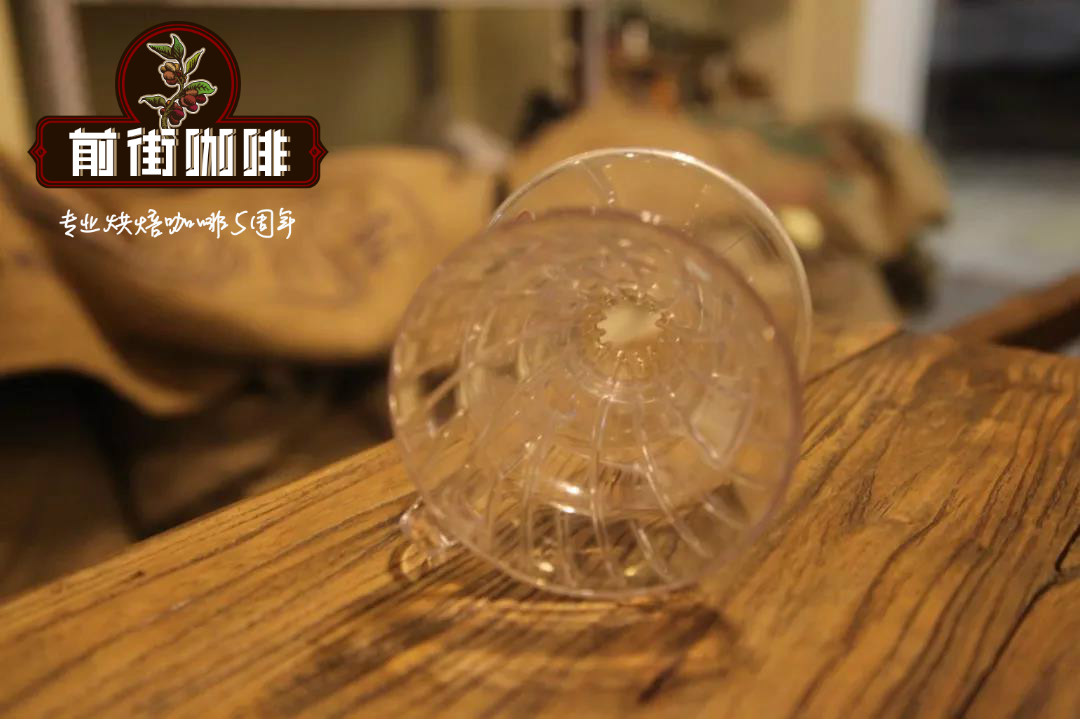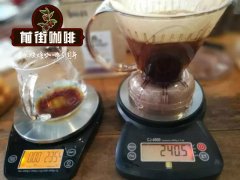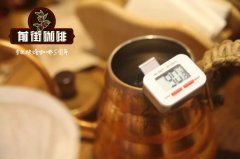Growing status of Coffee in Ecuador characteristics of Guidao Coffee production area

Professional coffee knowledge exchange more coffee bean information please follow the coffee workshop (Wechat official account cafe_style)
Origin: Ecuador
Name of the manor: Lugma Pada Manor, Coffee Chimborazo, Ecuador
Treatment: Kenyan washing
Bean seed: 100% Arabica Tibica
Flavor: Jasmine, lychee, bergamot, brothel, juicy, bright sour caramel finish
Baking degree: shallow baking
Altitude: 1650m
Ecuadorian coffee flavor
Various nutrients from raw coffee beans are thermally degraded into various odor molecular structures under baking, producing flavors similar to those of various aromas. Good coffee beans are naturally rich in aroma, and in high temperature, medium temperature, low temperature, there will be a variety of natural aroma changes, very pleasant, worthy of careful taste.
Washing of Lugma Pada Manor, Chimborazo Province, Ecuador
Ecuador Chimborazo Finca Lugmapata Enrique Merino Washed
Jasmine, lychee, bergamot, geisha, juicy, bright sour caramel aftertaste
Ecuador, located between Colombia and Peru in South America, has a long history of coffee cultivation, mostly in the form of small farmers. The central part of Finca Lugmapata Enrique Merino is a high-altitude producing area, of which Mount Chimborazo, which is 6267 meters above sea level, is part of the Andes and is an extinct volcano. In addition to being the highest point in the country, it is also the farthest place on the surface of the earth from the center of the earth.
Ecuadorian coffee is mainly planted in shady nature, and coffee is interplanted with other different tree species and crops in the coffee garden by maintaining the original ecological appearance without destroying the biosphere. It looks like a small-scale forest reserve, and ecological conservation is of great significance for Ecuador, which is located on the equator, because coffee farmers do not need coffee to cut down trees. The role of the coffee tree is just the tree species in the middle of the shade ladder, saving more habitat for birds and other creatures. Coffee trees are generally full-bodied and mellow because they are shaded by other tall tree species.
Lugma Pada Manor is the 2018 Ecuador Gold Cup Champion Manor! The Golden Cup Competition (Taza Dorada) is held annually by the Coffee Export Association. The winning small farmers are selected by national and international evaluation products, which can be regarded as the COE of Ecuador, but unlike the part where COE assists in sales, the conference does not hold an online bidding system, and the small farmers who win the prize have to find their own buyers.
In botany, coffee tree belongs to the evergreen tree of the subgenus Coffea of Rubiaceae. Coffee bean is the seed of coffee tree fruit, among which there are three major varieties: Arabica, Robusta and Liberica. All the fine coffee in the world comes from Arabica species, and there are various subspecies of Arabica coffee, such as evolution, hybridization, mutation and so on.
Arabica coffee variety Typica is one of the varieties closest to the original species, with a slightly longer bean shape, clean citric acid taste, sweet aftertaste and elegant flavor, but its physique is weak and its resistance to leaf rust is low, so it is not easy to grow and plant, and its yield is low. Excellent manor beans such as the Blue Mountains of Jamaica, Manning of Sumatra and Kona of Hawaii all belong to Tibika.
Ecuadorian Coffee treatment (Coffee Processes)
It refers to the process of turning ripe red fruits into dried raw beans. Each treatment method has its own advantages and disadvantages, and is affected by the natural environment and demand of the producing area, so each producing area has its own suitable treatment method. This batch is solarization treatment.
[washing method] Washed / Wet Processed
After removing the pericarp and pulp, soak in water in the fermentation tank to ferment, remove the residual pectin mucosa on the inner pericarp, and then rinse with water, which has the rich acidity of one of the fine coffee conditions.
- Prev

How about Ecuadorian coffee sea turtle beans? the main flavor features of Ecuadorian coffee
Professional coffee knowledge exchange more coffee bean information please follow the coffee workshop (Wechat official account cafe_style) grade or variety: Ecuadorian coffee Galapagos USDA ORGANIC EP ● flowers and fruit-like sweetness and finish, its flavor is not inferior to the famous Blue Mountains of Jamaica and Hawaii KONA coffee ● is suitable for American coffee machine, hand maker, filter pot, drop
- Next

Mexican Coffee Chiapas PB Round Bean Flavor description Mexican Coffee hand-brewing method
Professional coffee knowledge exchange more coffee bean information please pay attention to the coffee workshop (Wechat official account cafe_style) Mexico is located in the northern end of Central America, the uppermost edge of the coffee production belt, Mexico coffee producing areas from the north of coatepec (Cotepe) and veracruz (Veracruz), the central is the Oaxac (Oaxaca) producing area of Pluma coffee, the southernmost end is and melon.
Related
- Detailed explanation of Jadeite planting Land in Panamanian Jadeite Manor introduction to the grading system of Jadeite competitive bidding, Red bid, Green bid and Rose Summer
- Story of Coffee planting in Brenka region of Costa Rica Stonehenge Manor anaerobic heavy honey treatment of flavor mouth
- What's on the barrel of Blue Mountain Coffee beans?
- Can American coffee also pull flowers? How to use hot American style to pull out a good-looking pattern?
- Can you make a cold extract with coffee beans? What is the right proportion for cold-extracted coffee formula?
- Indonesian PWN Gold Mandrine Coffee Origin Features Flavor How to Chong? Mandolin coffee is American.
- A brief introduction to the flavor characteristics of Brazilian yellow bourbon coffee beans
- What is the effect of different water quality on the flavor of cold-extracted coffee? What kind of water is best for brewing coffee?
- Why do you think of Rose Summer whenever you mention Panamanian coffee?
- Introduction to the characteristics of authentic blue mountain coffee bean producing areas? What is the CIB Coffee Authority in Jamaica?

